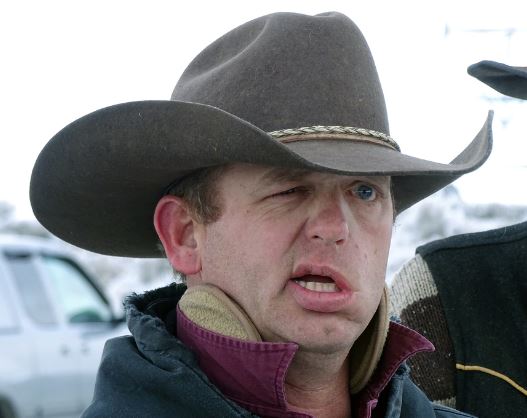 SALT LAKE CITY — A legislative audit released Tuesday concludes state water managers have no real idea how much water is being used across Utah so the projection that developed supplies will be exhausted by 2040 is not reliable.
SALT LAKE CITY — A legislative audit released Tuesday concludes state water managers have no real idea how much water is being used across Utah so the projection that developed supplies will be exhausted by 2040 is not reliable.
The audit, performed by the Office of the Legislative Auditor General, was requested by lawmakers and pushed by advocacy groups that argue Utah’s pursuit of the Lake Powell Pipeline and Bear River Development project is a waste of taxpayer dollars.
The audit is being presented Tuesday at 9 a.m. before the Legislative Audit Subcommittee.
While it did not conclude the two projects are unnecessary, the audit did say that the baseline data used to project future water needs is fraught with significant inaccuracies and flawed estimates derived from submissions by 468 public community water managers that are not verified or questioned.
In one instance, a city’s water use in 2013 was double that of 2012 and in another, a city’s public works director acknowledged that there were serious problems in documenting water use prior to 2009, so that information should be ignored.
Both state divisions that work with the numbers submitted by local water providers acknowledge problems with the information’s veracity, leading the audit recommend that the parent department, Natural Resources, take the lead in ensuring better numbers.
The release of the audit brought strong reaction from those opposed to the pipeline project.
“The Division of Water Resources has been using bad data to support billions of dollars in unnecessary spending for massive water projects,” said Zach Frankel, executive director of the Utah Rivers Council.
“This marks the first time in two decades that this agency will have any oversight.”
In a written response to the audit, the state Division of Water Resources director Eric Millis agreed there needs to be a more sophisticated system that measures water use across the state, better methods for validating the results and plans need to be updated on a more routine basis.
Millis also said the division plans to work more closely with other entities to refine estimates on developed water supplies.
The audit found that the water resources division is wrongly ignoring local areas’ development of water supplies and that seven of 11 individualized water basin plans have not been updated in a decade or more.
Utah water managers are also over estimating daily consumption requirements, keeping the same number well into the future that ignore savings that will naturally be achieved through smaller lots, smaller sized families and households, greater use of low-flow appliances and more aggressive conservation strategies that could be implemented.
“In conclusion, opportunities to continue reducing per capita water use remain abundant,” the audit said. “Better data, more thoroughly analyzed, is needed to inform policymakers.”
 Haphazard system of secondary water use
Haphazard system of secondary water use
Information compiled in the long-awaited audit also reveals a haphazard system of secondary water use in which waste is rampant and conservation rarely encouraged.
The audit pointed to a 10-year Utah State University study of outdoor watering practices in Salt Lake City that found residents, as recently as 2010, were applying twice the amount of water needed for plants to be healthy.
While acknowledging that states have different reporting methods and varying climates, the audit shows Utah has the highest per capita water use in the nation — at 248 gallons per capita, compared to Nevada’s 229, Arizona’s 196 and Colorado’s 180.
The differences are so large, the audit notes, that it questions statewide conservation targets that could be more aggressive to bump up additional water savings.
Auditors point to unfettered water use that is driven in large measure by low water rates and lack of secondary water metering that fails to encourage conservation.
The audit brings up a study that looked at the price of water in 30 U.S. cities that revealed Salt Lake City’s water rates at a lower level than nearly every other city analyzed. A comparable look at a household’s use of 100 gallons of water per day showed that Phoenix charges 30 percent more, Las Vegas 36 percent more and Santa Fe 82 percent more than Salt Lake City does for water.
A number of recommendations are included in the audit report — some of which would require a change in state law — such as requiring universal metering, reduction of water provider reliance on property taxes that subsidize water rates and the use of conservation pricing structures.



